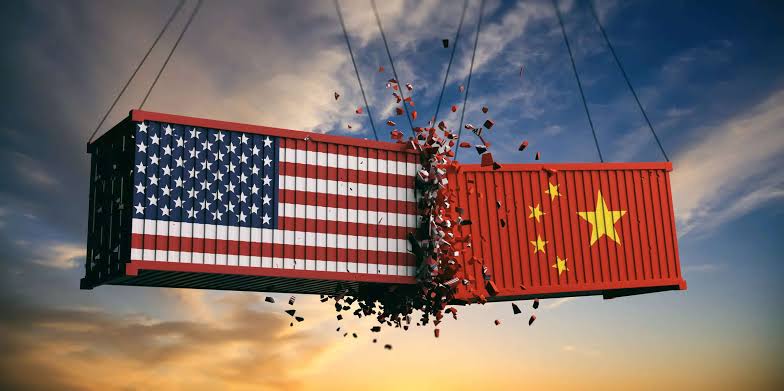US – China trade declines to lowest levels

Recent data indicates that the United States imports fewer Chinese goods as Western companies shift their supply chains away from China, a media report said.
Chinese products, which comprise the largest share of low-cost Asian imports in the US, are expected to drop below 50 per cent for the first time in over 10 years, reflecting a significant decline in US imports from China.
According to the media report, consulting firm Kearney’s annual reshoring index reveals that the US government’s efforts to reduce dependence on China, combined with price-sensitive American buyers, have led to a switch in imports towards more affordable products from countries outside of China.
Experts predict that by the end of 2023, the portion of US imports from “low-cost Asian countries excluding Japan and South Korea” will certainly be below 50 per cent of Chinese goods.
China and the US are each other’s largest trading partners. Based on Kearney’s Reshoring Index, which utilises US trade data, Chinese goods accounted for 50.7 per cent of US imports of manufactured goods from Asian countries last year. This figure represents a decline from nearly 70 per cent in 2013.
While Chinese exports have declined, the Kearney Index shows that US imports from Vietnam have doubled over the past five years and tripled over the past decade. India, Taiwan, and Malaysia have also contributed to a larger share of Asian products consumed in the United States.
In February of this year, according to statistics from the China Chamber of Commerce for Import and Export of Machinery and Electronics, the United States imported 1.356 million household vacuum cleaners from Vietnam, marking a year-on-year increase of 54.1 per cent.
In contrast, imports from China totalled 1.293 million units, reflecting a year-on-year decrease of 51.7 per cent. This is the first time Vietnam has surpassed China’s export volume of household vacuum cleaners to the United States. US imports from Vietnam and other countries are rising due to manufacturers relocating their production away from China, the report said.
The initial catalyst for the shift of manufacturing out of China was former US President Donald Trump’s imposition of tariffs on Chinese goods.
Additionally, labour shortages in China and rising wages and costs played a role. Under the Biden administration, the decoupling of US-China trade has accelerated, driven by concerns over issues like the chip war and China’s involvement with Taiwan, prompting the pursuit of an economic security agenda.
In a March report, analysts from Morgan Stanley highlighted that rising labour costs in China, geopolitical tensions, and human rights concerns have led many companies to reduce their dependence on Chinese manufacturing.



